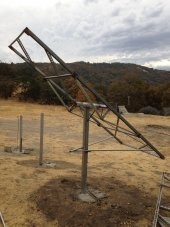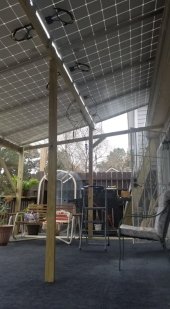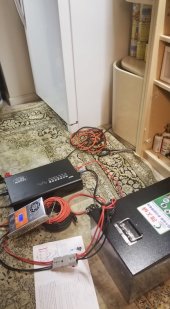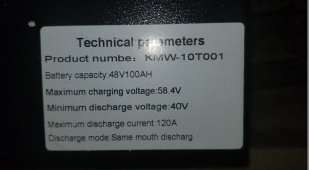Hiya folks, long time listener, first time caller here, just looking for anything that I may have left out in designing my first solar system. I've probably left out quite a bit. Here's what I've got:
(1x) 48v 100ah lithium iron phosphate battery
(1x) 48v 2000w 120v inverter
(1x) 40a 1700w @48v MTTP charge controller
(1x) 40a fuse to go between panels and charge controller
(4x) 370w 48v Renesola solar panels
Wire and connectors to hook it all together
Planning to connect the panels in 2s2p to generate 96v to feed the charge controller, as in the attached picture.
Basically, I'm trying to make one 20a 120v receptacle that I can plug a refrigerator into and have continuous backup power. So, am I missing anything?
Thanks!
(1x) 48v 100ah lithium iron phosphate battery
(1x) 48v 2000w 120v inverter
(1x) 40a 1700w @48v MTTP charge controller
(1x) 40a fuse to go between panels and charge controller
(4x) 370w 48v Renesola solar panels
Wire and connectors to hook it all together
Planning to connect the panels in 2s2p to generate 96v to feed the charge controller, as in the attached picture.
Basically, I'm trying to make one 20a 120v receptacle that I can plug a refrigerator into and have continuous backup power. So, am I missing anything?
Thanks!







